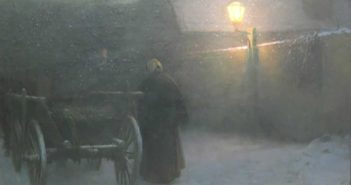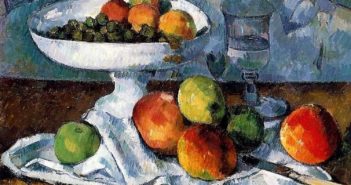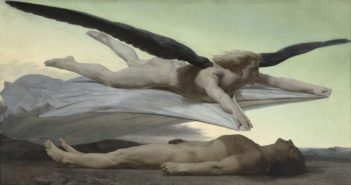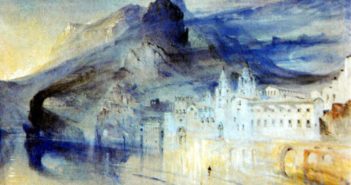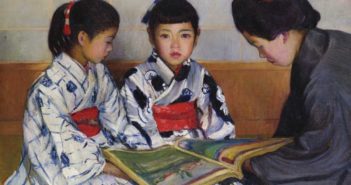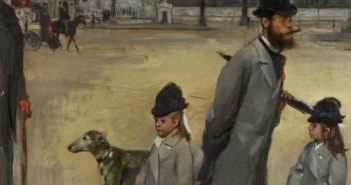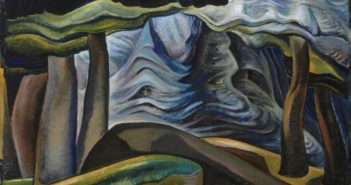
Just a way of living
Nine summers ago, a New York friend told me of an American writer she knew living in Italy and looking to swap studios. I scraped together a ticket and rented a piano to be delivered the day I arrived. A few months later, the writer’s neighbour picked me up at the airport and, as she placed my bag inside the door, invited me to come later to a small dinner party in her apartment. “I’m here to work,” I ached, but her eyes, like grey almond Modiglianis, turned minutely downward at my stupidity. “See you at nine-thirty.”

